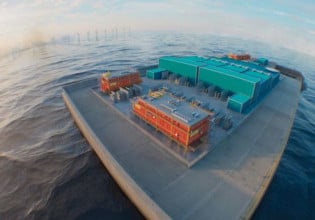Pacific Northwest National Laboratory (PNNL) announced the launch of the Pacific Northwest GridWise Demonstration projects, a regional initiative to test and speed adoption of new smart grid technologies that can make the power grid more resilient and efficient. Through the GridWise Demonstration projects, PNNL researchers will gain insight into energy consumers' behavior while testing new technologies designed to bring the electric transmission system into the information age.
About 300 volunteers on Washington's Olympic Peninsula, in Yakima and in Gresham, Ore., will test equipment that is expected to make the grid more reliable, while offsetting huge investments in new transmission and distribution equipment. A new combination of devices, software and advanced analytical tools will give homeowners more information about their energy use and cost, and researchers want to know if this will modify their behavior.
Approximately 200 homes will receive real-time price information through a broadband Internet connection and automated equipment that will adjust energy use based on price. In addition, some customers will have computer chips embedded in their dryers and water heaters that can sense when the power transmission system is under stress and automatically turn off certain functions briefly until the grid can be stabilized by power operators.
"The technologies we're testing will turn today's appliances, which are as dumb as stones with regard to the power grid, into full partners in grid operations." said Rob Pratt, GridWise program manager at PNNL in Richland, Wash.
The year-long study is part of the Pacific Northwest GridWise Demonstration, a project funded primarily by the DOE. Northwest utilities, appliance manufacturers and technology companies also are supporting this effort to demonstrate the devices and assess the resulting consumer response.
In the pricing study, automated controls will adjust appliances and thermostats based on predetermined instructions from homeowners. The volunteers can choose to curtail or reduce energy use when prices are higher. At any point, homeowners have the ability to override even their preprogrammed preferences to achieve maximum comfort and convenience.






